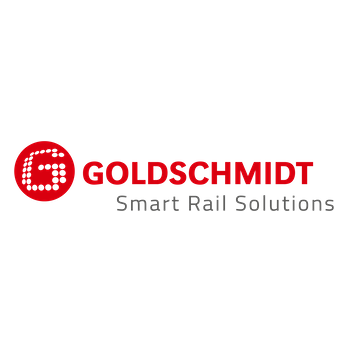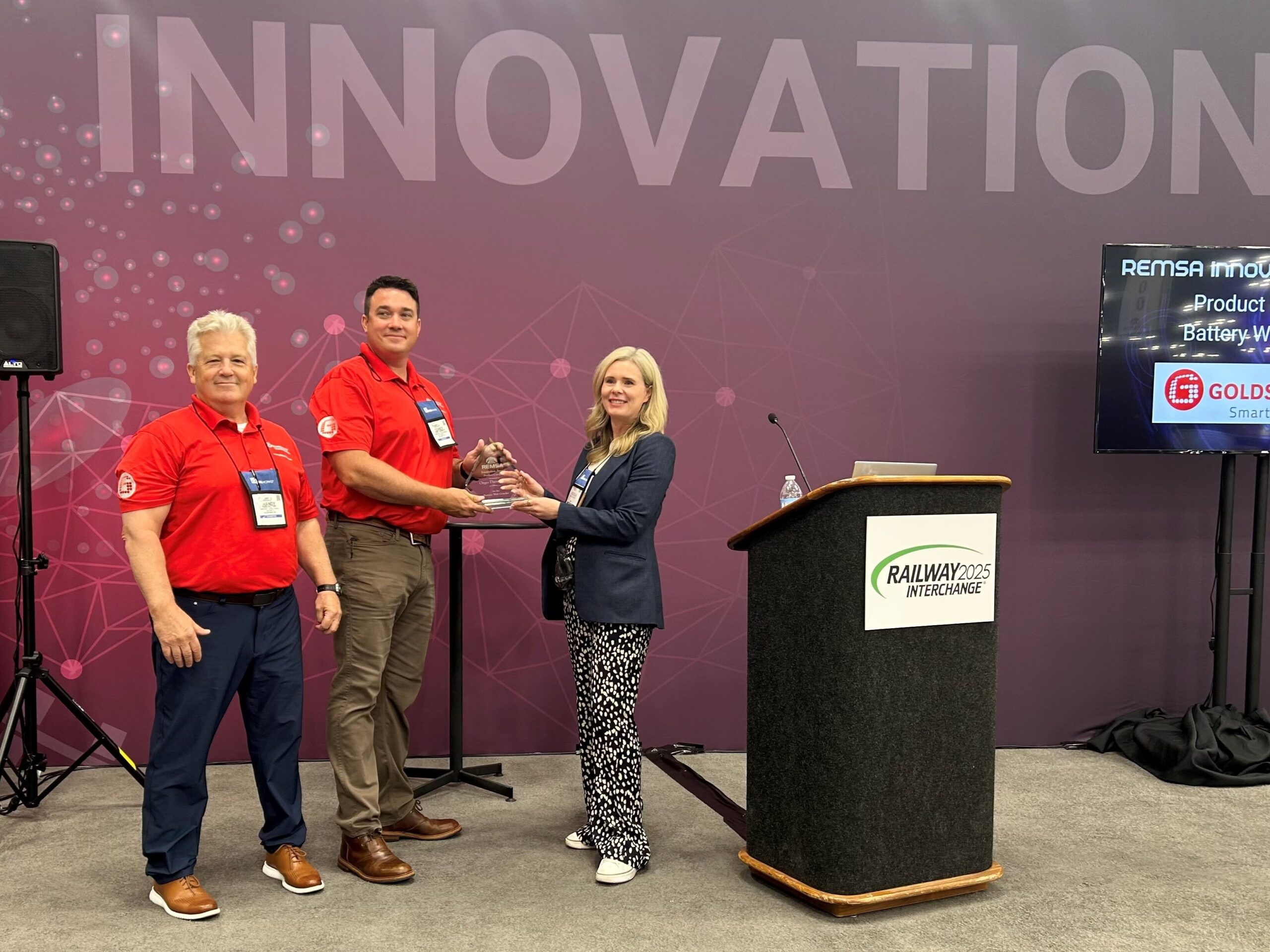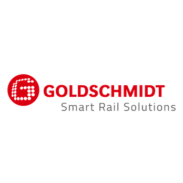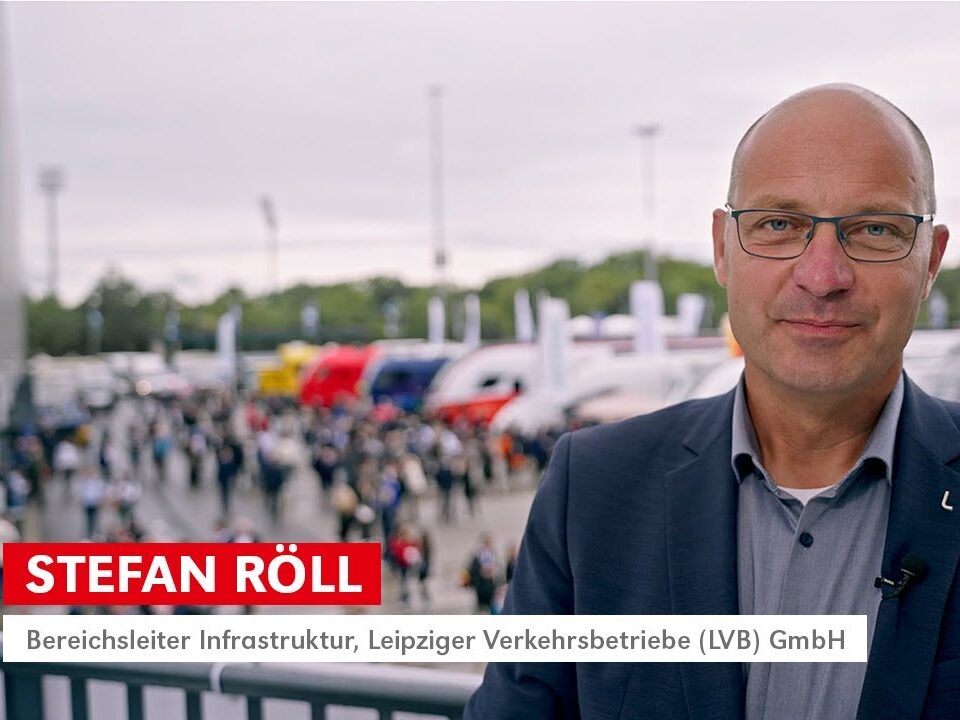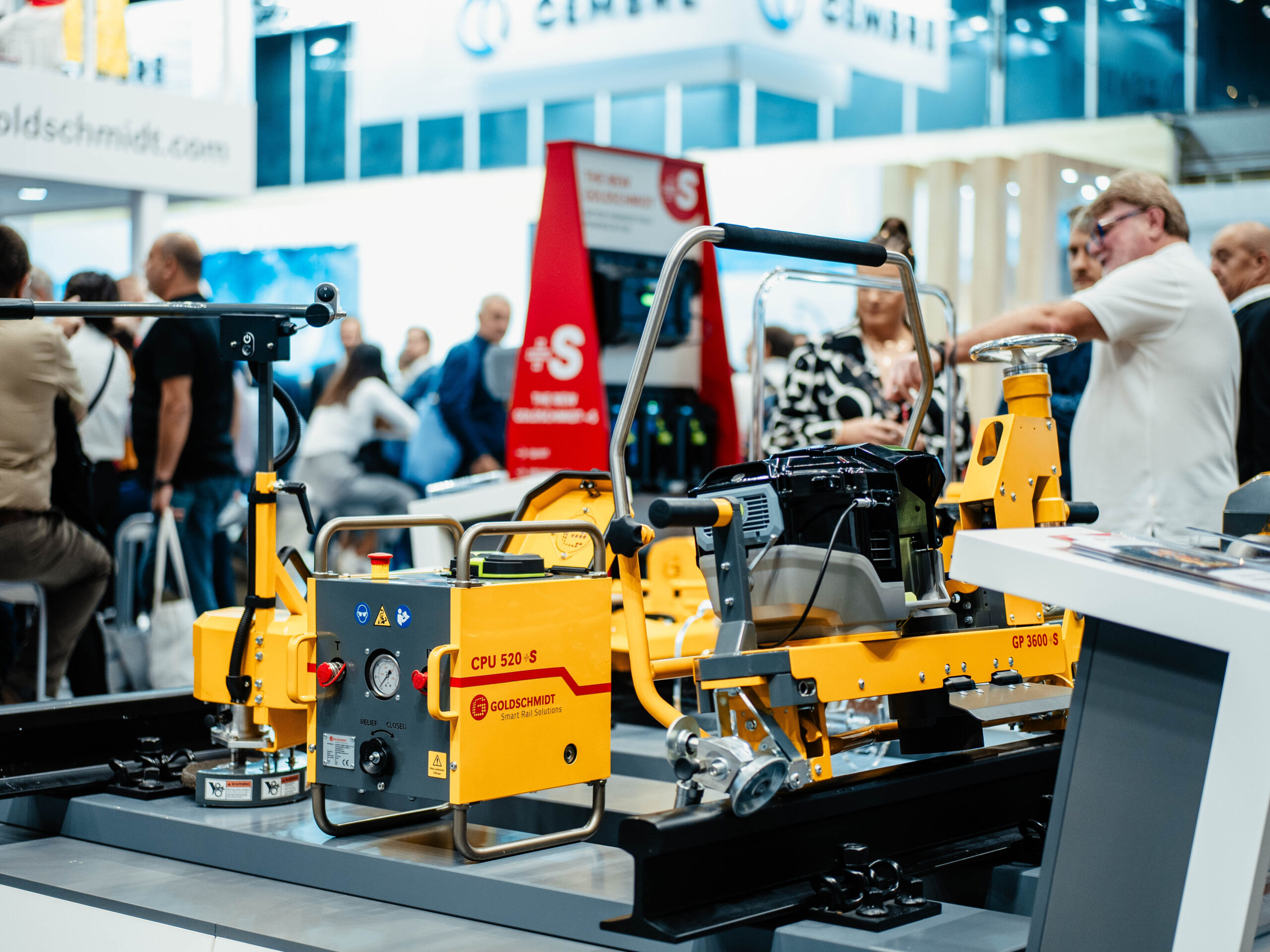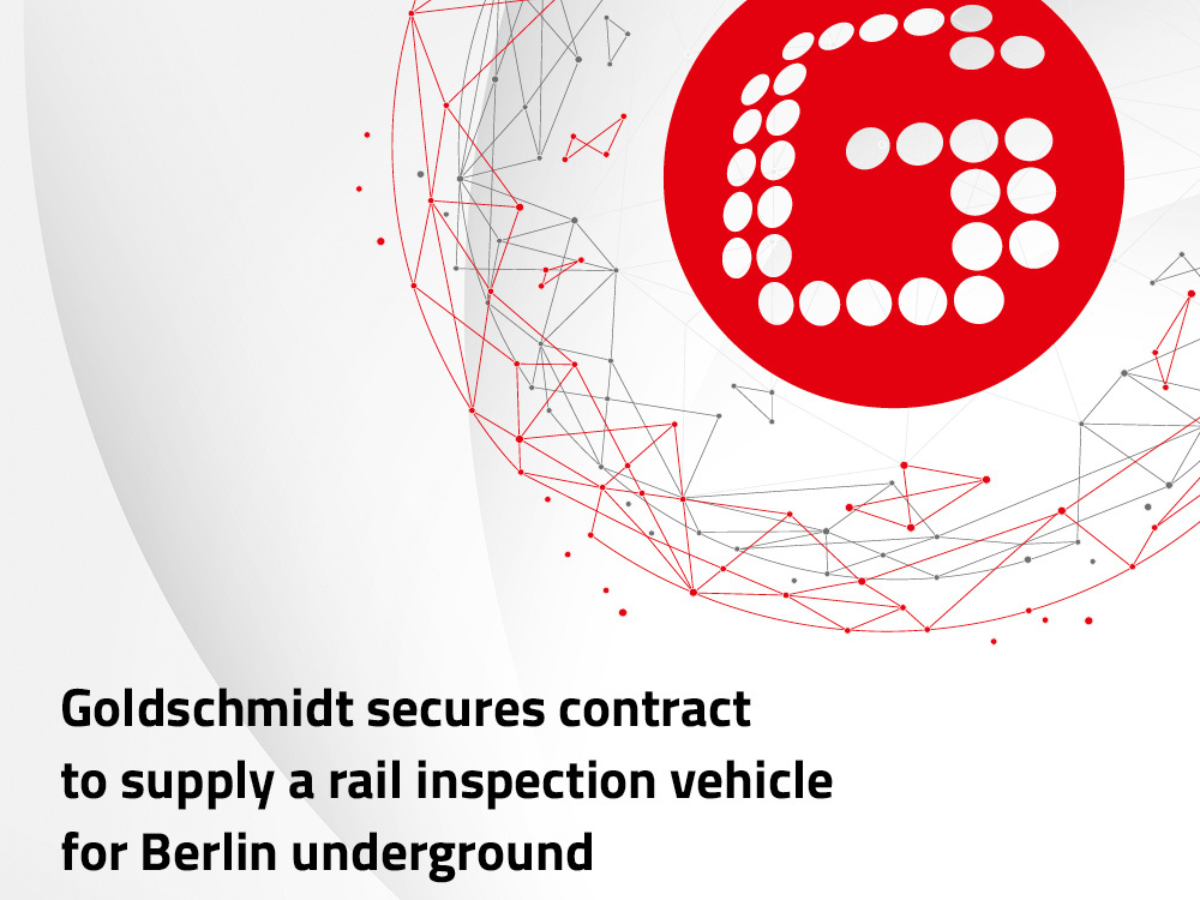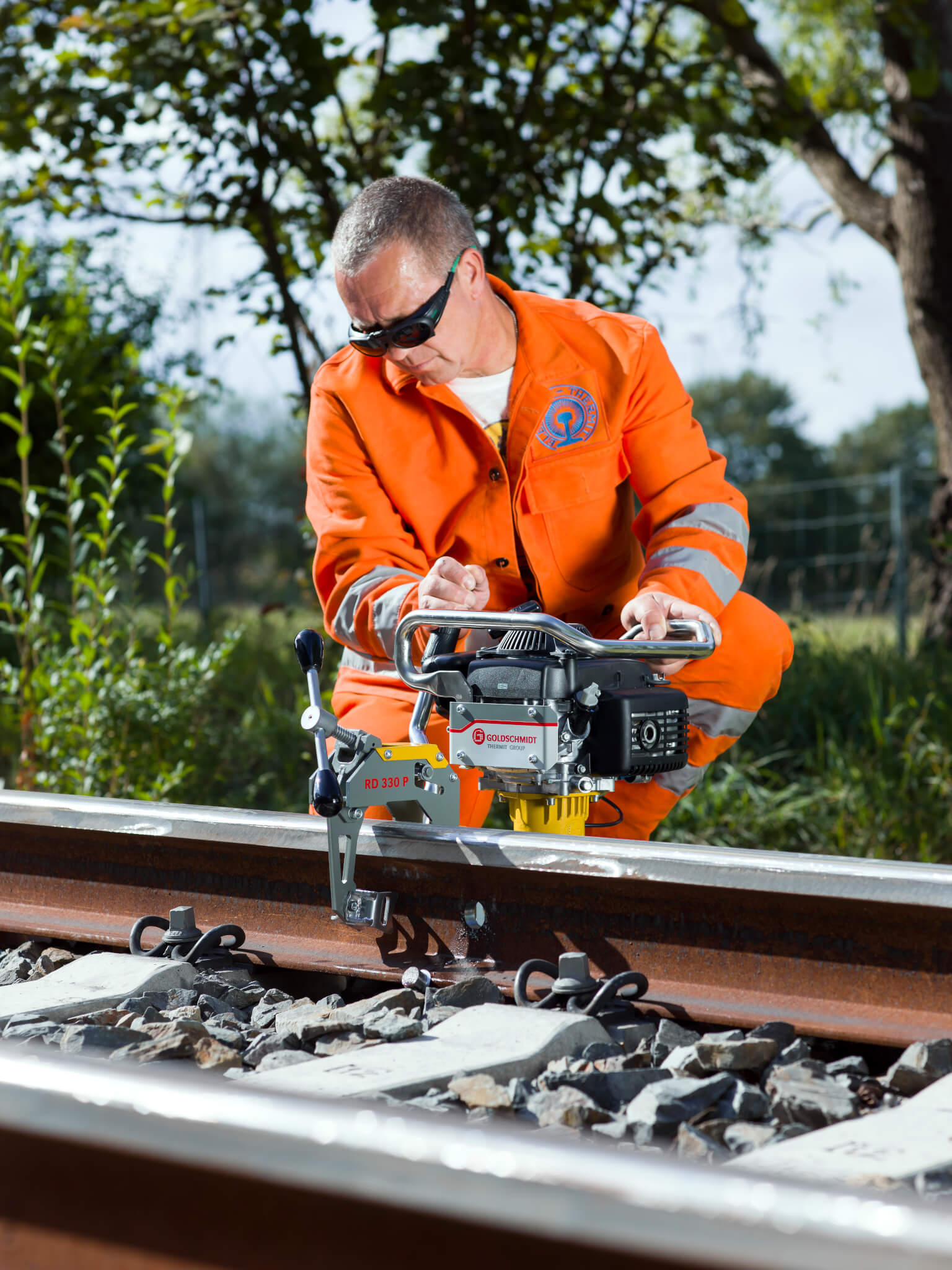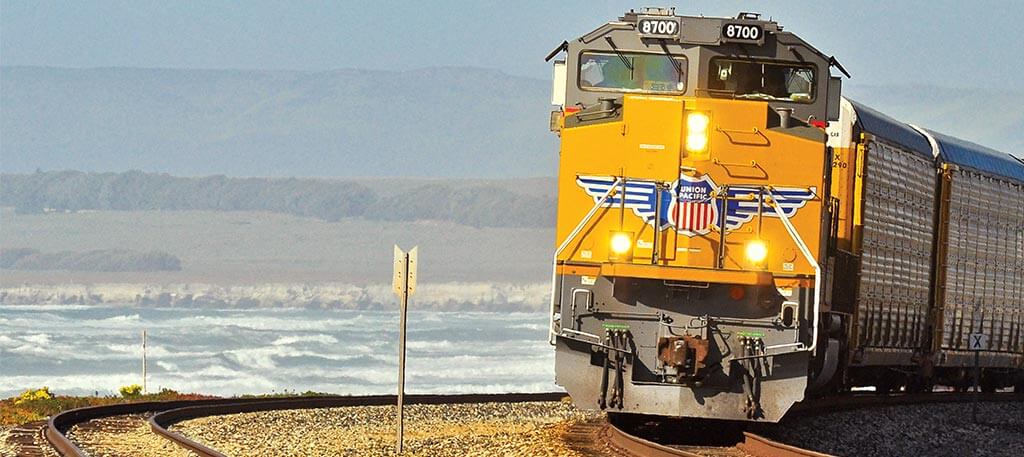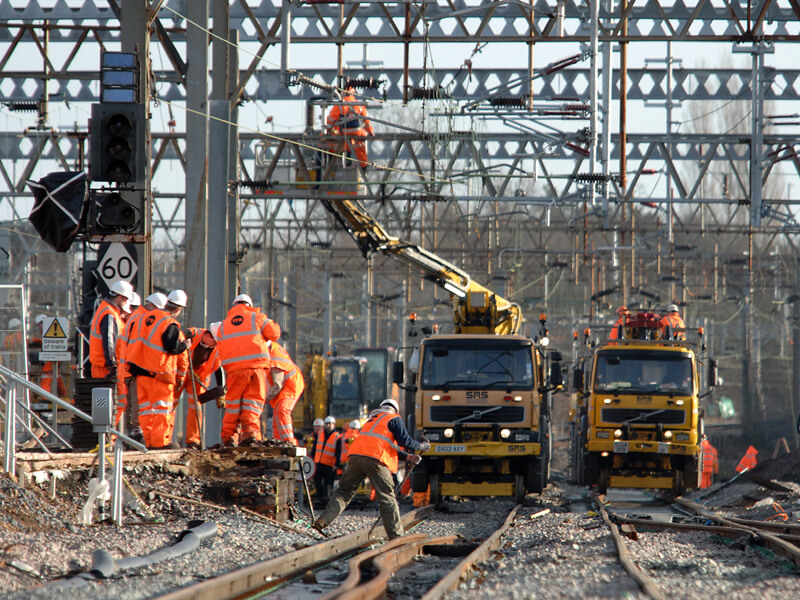Lengthening the Rail Life Cycle
An immense amount of pressure, often every few minutes and in all weathers: rails have to withstand a lot. Reliable and perfectly co-ordinated maintenance and repair measures enable greater economy, travel comfort, safety and a longer life cycle for rails.
Welding to recondition switches
Safety comes first on the tracks. This necessitates the thorough removal of any damage to switches caused during operation on underground networks, tramways, light rail and mainline networks. The switches and especially the frogs are reliably reconditioned using the proven process of arc welding in connection with specially developed materials, whereby repeated reconditioning is possible.
The timely use of welding to recondition switches makes it possible to increase operational safety, lengthen the service life of the switches and wheels, reduce the life cycle costs of the switch, avoid operational disruptions and simultaneously reduce side wear of the rails, noise emissions and rail corrugation.
Thermit® Head Repair

In order to ensure the operational track is in the best-possible condition, preventive maintenance according to the condition of the track is absolutely essential. This leads to a reduction in life cycle costs and guarantees safety. Locally limited rail defects such as head checks, squats or breaks are individual defects in the rail head which do not extend over a long section of track. Depending on the form of the defect, it may be necessary to cut out the affected sections and fit replacement rails. In many cases, however, welding can also be used to carry out the repair without the more expensive solution of replacing rails.

Our aluminothermic contract welding process Thermit® Head Repair (THR) provides a high-quality, economical alternative to conventional arc welding. THR draws on more than one hundred years of proven Thermit® technology, which has been successfully implemented for many decades for the continuous welding of rails. In comparison to arc welding, the decisive advantages of the Thermit® Head Repair are its easy application, which enables repair welds with a high process reliability and excellent quality. The Thermit® Head Repair process can be used with different rail profiles and is suitable for use with new and worn rails.
Track maintenance

The maintenance of rails and switches is one of the most important preventive measures against heavy wear caused by permanent strain. Professional maintenance sustainably lengthens the life cycle of rails and switches and lowers noise emissions from wheel-to-rail contact, especially on curved sections of track.
Mobile work units carry out welding work on laid track and switches. The area of arc welding includes the maintenance of curved stretches of track and wheel-bearing track sections subject to heavy wear. This requires a considerable amount of welding work to recondition the switches, and the frogs in particular, and also to repair operationally-related rail damage. Afterwards, special machines are used to process the welded rails and recreate their original profile or wear profile according to customer requirements.
Conditioning of new rails
Public transportation networks have special requirements regarding railway infrastructure. Tight curves with a radius of, at times, considerably less than 80 m cause heavy wear on rail running edges and wheels. Screeching on curves is annoying for local residents and requires appropriate measures to reduce the noise level. Heavy wear on grooved rail switches (flat grooves, gauge face, gauge corner) leads to increased maintenance costs. Replacing rails is much more expensive than conditioning the open superstructure.
New rails are conditioned to prevent corrugation in the long-term and avoid noise, whereby the running surface and gauge corner are milled out and welded on fixed installations. A filler metal is used here which is largely resistant to deformation caused by the wheel. The special material ETEKA5 is characterized by a strength of 480 HB and despite this has an extremely low surface roughness of less than 6 μm. A wear test with over 40,000 rolling actions at the system engineering centre of the German railways at Kirchmöser (in Germany) confirmed that the solution reduces rail wear by 85% and reduces wheel wear by 95% compared to rails with the quality classification R200.
Conditioned rails which are simultaneously welded on the running surface and side to prevent rail wear have a longer life cycle, lower maintenance costs and lower noise emissions. And last but not least they make rail travel more comfortable and safer overall.
![]()
http://www.goldschmidt-thermit.com

